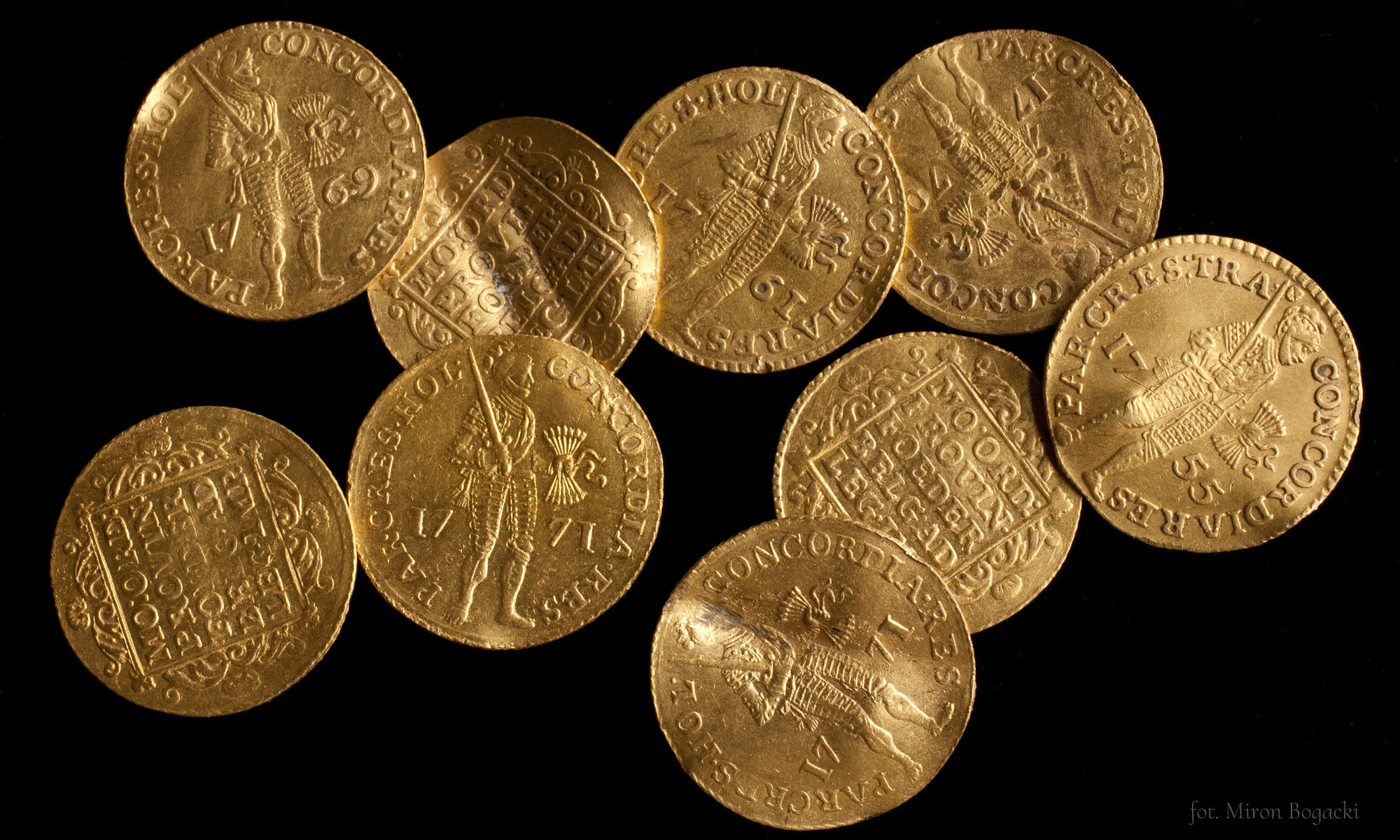Szanowni Państwo,
w ramach seminarium z Archeologii Dalekiego Wschodu i Wybrzeży Pacyfiku serdecznie zapraszam Państwa na wykład, który wygłosi dr Francisca Monteith zatytułowany „Location, Setting and Structure: the landscape archaeology of religious rock carvings and cave temples”.
Wykład odbędzie się w najbliższy poniedziałek, 13.03. 2023 r. o godzinie 16.45 w sali 109.
Streszczenie: „Cave temples and religious rock carvings have the potential to provide key insight into Buddhist practice and its evolution on a local level in early Medieval China (c. 360 – 1279CE). Although some sites appear in the official historical records and contain inscriptions, the majority of rock carving sites and cave temples do not. Many cave temples and religious rock carvings are poorly preserved, dispersed and essentially hidden within the landscape. This talk aims to highlight how geospatial and archaeological methods can be used alongside art historical methods to allow us to interpret sites allowing for sites in which the paintings are lost or the statuary eroded beyond identification to be included in our analyses. In so doing the varied forms, locations and therefore roles of cave temples and religious rock carving sites demonstrate the numerous functions that these sites may have held.”
Serdecznie pozdrawiam
Marta Żuchowska
——————————
Dear Colleagues,
I have the pleasure to invite you to a lecture of
dr Francisca Monteith
titled:
’Location, Setting and Structure: the landscape archaeology of religious rock carvings and cave temples’
The lecture will be held as part of a seminar on Archeology of the Far East and the Pacific Coast on Monday, 13.03.2023 at 16.45 in the building of the Faculty of Archaeology, room 109.
Abstract: „Cave temples and religious rock carvings have the potential to provide key insight into Buddhist practice and its evolution on a local level in early Medieval China (c. 360 – 1279CE). Although some sites appear in the official historical records and contain inscriptions, the majority of rock carving sites and cave temples do not. Many cave temples and religious rock carvings are poorly preserved, dispersed and essentially hidden within the landscape. This talk aims to highlight how geospatial and archaeological methods can be used alongside art historical methods to allow us to interpret sites allowing for sites in which the paintings are lost or the statuary eroded beyond identification to be included in our analyses. In so doing the varied forms, locations and therefore roles of cave temples and religious rock carving sites demonstrate the numerous functions that these sites may have held.”
Kind regards
Marta Żuchowska

